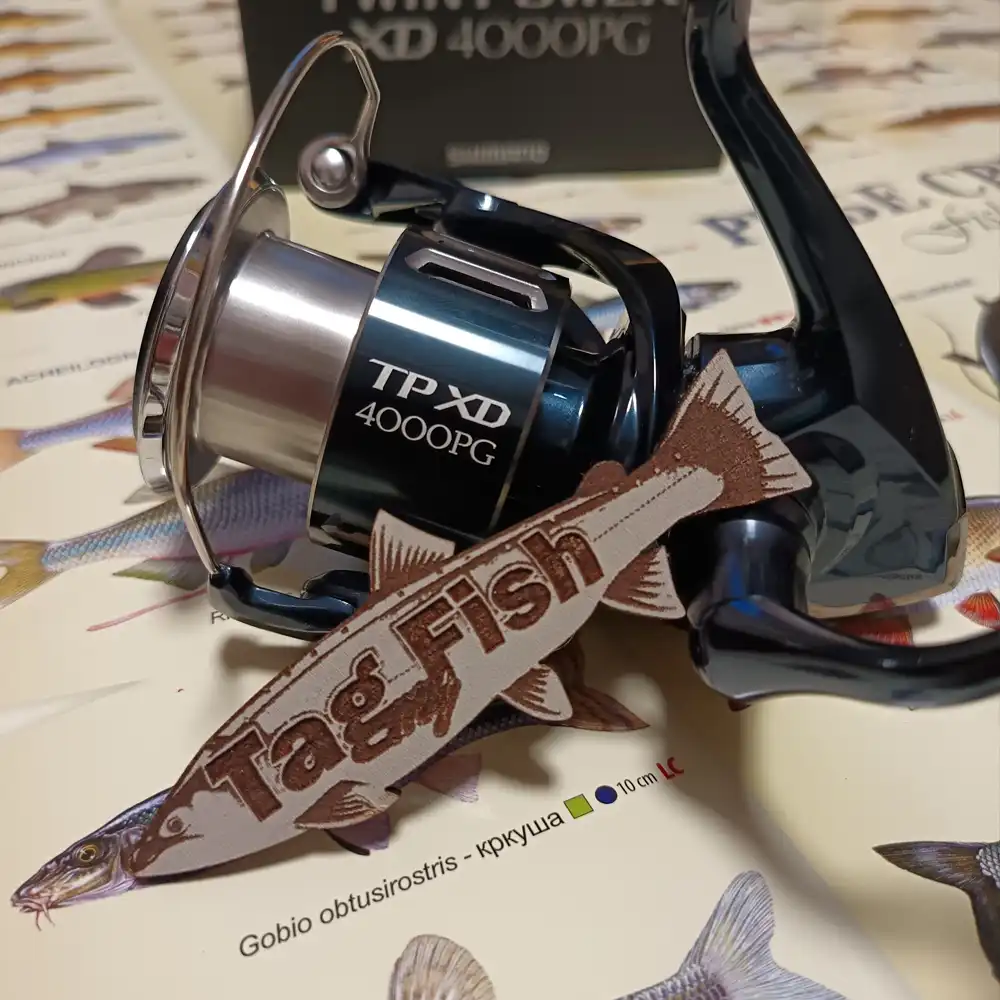Los Angeles River

General data
- Name: Los Angeles River
- Water system: Pacific Ocean
- Water type: River
- Progression: Pacific Ocean -> Planet Earth
- Climates: Subtropical
- Continents: North America
- Countries: United States of America
The Los Angeles River is a major river in Los Angeles County, California. Its headwaters are in the Simi Hills and Santa Susana Mountains, and it flows nearly 51 miles (82 km) from Canoga Park through the San Fernando Valley, Downtown Los Angeles, and the Gateway Cities to its mouth in Long Beach, where it flows into San Pedro Bay. While the river was once free-flowing and frequently flooding, forming alluvial flood plains along its banks, it is currently notable for flowing through a concrete channel on a fixed course, which was built after a series of devastating floods in the early 20th century. Historically, the native species of fish in the Los Angeles River included rainbow/steelhead trout (Oncorhynchus mykiss), Chinook salmon (Oncorhynchus tshawytscha), Sacramento pikeminnow (Ptychocheilus grandis), Pacific lamprey, three-spined stickleback, and Santa Ana sucker. The native species of the Los Angeles River were extirpated by the conversion of the natural riverbed into a concrete trapezoidal channel in 1938. The last known native species to be caught in the river was a rainbow trout in 1940 by a local fisherman. Today, there is an abundance of non-native fish species in the Los Angeles River which include common carp, largemouth bass, tilapia, green sunfish, Amazon sailfin catfish, bluegill, black bullhead, brown bullhead, channel catfish, fathead minnow, crayfish, and mosquito fish. However, Arroyo chub, which was once thought gone since the channelization, has made small appearances throughout parts of the Los Angeles River, Most recent being in the area of Balboa Lake/Anthony C. Beilenson Park in the surrounding channels such as Bull Creek, Woodley Creek and around the creeks and main body of the Sepulveda Basin Wildlife Reserve.

 English
English
 Spanish
Spanish
 German
German
 French
French
 Serbian
Serbian
 Russian
Russian

